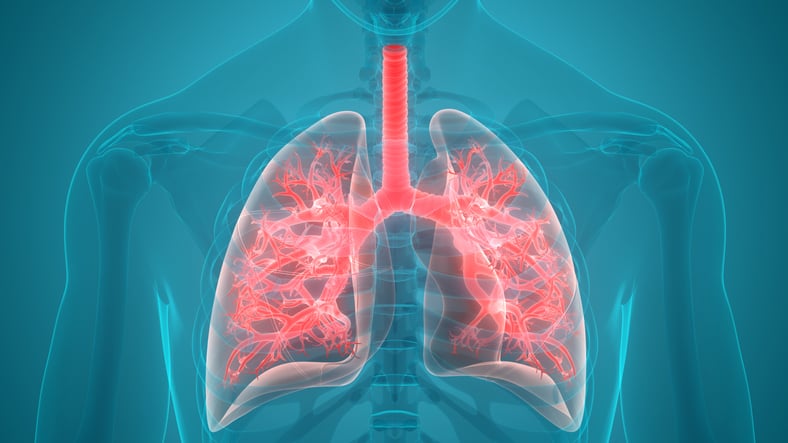Aerosol generation with modes of oxygen therapy such as high flow nasal cannula and non-invasive positive pressure ventilation is a concern for health care workers during the SARS-CoV-2 pandemic. The amount of aerosol generation from the respiratory tract with these various oxygen modalities is unknown.
To measure the size and number concentration of particles and droplets generated from the respiratory tract of humans exposed to various oxygen delivery modalities.
10 healthy participants with no active pulmonary disease were enrolled. Oxygen modalities tested included non-humidified nasal cannula, face mask, heated and humidified high flow nasal cannula, and non-invasive positive pressure ventilation. Aerosol generation was measured with each oxygen mode while participants performed maneuvers of normal breathing, talking, deep breathing, and coughing. Testing was conducted in a negative pressure room. Particles with a diameter between 0.37 and 20 µm were measured using an aerodynamic particle spectrometer.
Median particle concentration ranged from 0.041 to 0.168 particles/cm3. Median diameter ranged from 1.01 to 1.53 µm. Cough significantly increased the number of particles measured. Measured aerosol concentration did not significantly increase with the use of either humidified high flow nasal cannula or non-invasive positive pressure ventilation. This was the case during normal breathing, talking, deep breathing, and coughing.
Oxygen delivery modalities of humidified high flow nasal cannula and non-invasive positive pressure ventilation do not increase aerosol generation from the respiratory tract in healthy human participants with no active pulmonary disease measured in a negative pressure room. This article is open access and distributed under the terms of the Creative Commons Attribution Non-Commercial No Derivatives License 4.0 (http://creativecommons.org/licenses/by-nc-nd/4.0/).
Aerosol Generation from the Respiratory Tract with Various Modes of Oxygen Delivery.


